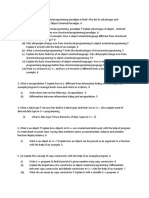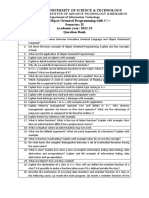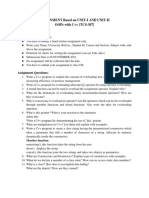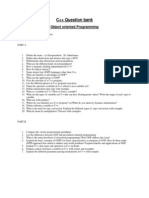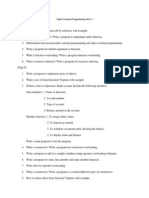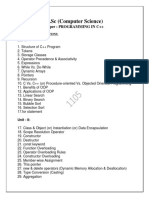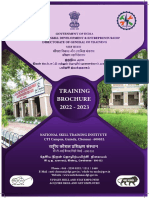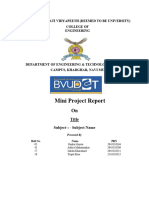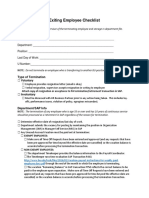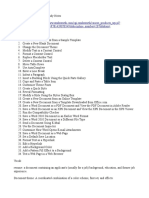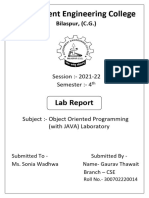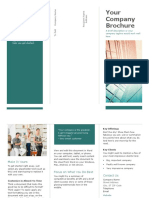0% found this document useful (0 votes)
21 views15 pagesAssignment 2
The document outlines a series of assignments focused on C++ programming concepts, including functions, classes, inheritance, polymorphism, and exception handling. Each assignment contains theoretical questions and practical tasks that require the implementation of various C++ features such as function overloading, templates, and object-oriented programming principles. The assignments aim to enhance understanding and proficiency in C++ through both theoretical explanations and hands-on coding exercises.
Uploaded by
jayeshgangrade10Copyright
© © All Rights Reserved
We take content rights seriously. If you suspect this is your content, claim it here.
Available Formats
Download as PDF, TXT or read online on Scribd
0% found this document useful (0 votes)
21 views15 pagesAssignment 2
The document outlines a series of assignments focused on C++ programming concepts, including functions, classes, inheritance, polymorphism, and exception handling. Each assignment contains theoretical questions and practical tasks that require the implementation of various C++ features such as function overloading, templates, and object-oriented programming principles. The assignments aim to enhance understanding and proficiency in C++ through both theoretical explanations and hands-on coding exercises.
Uploaded by
jayeshgangrade10Copyright
© © All Rights Reserved
We take content rights seriously. If you suspect this is your content, claim it here.
Available Formats
Download as PDF, TXT or read online on Scribd
/ 15


